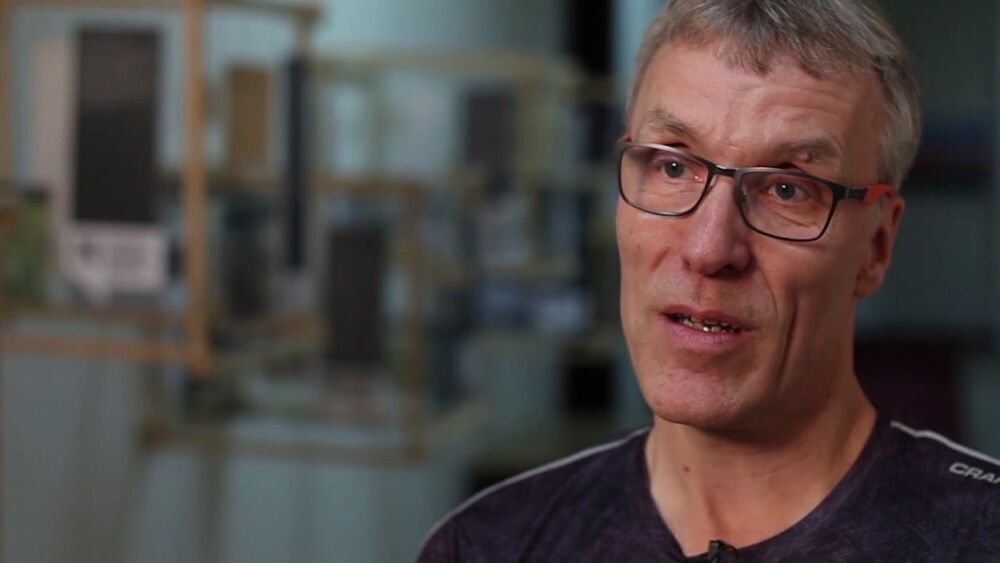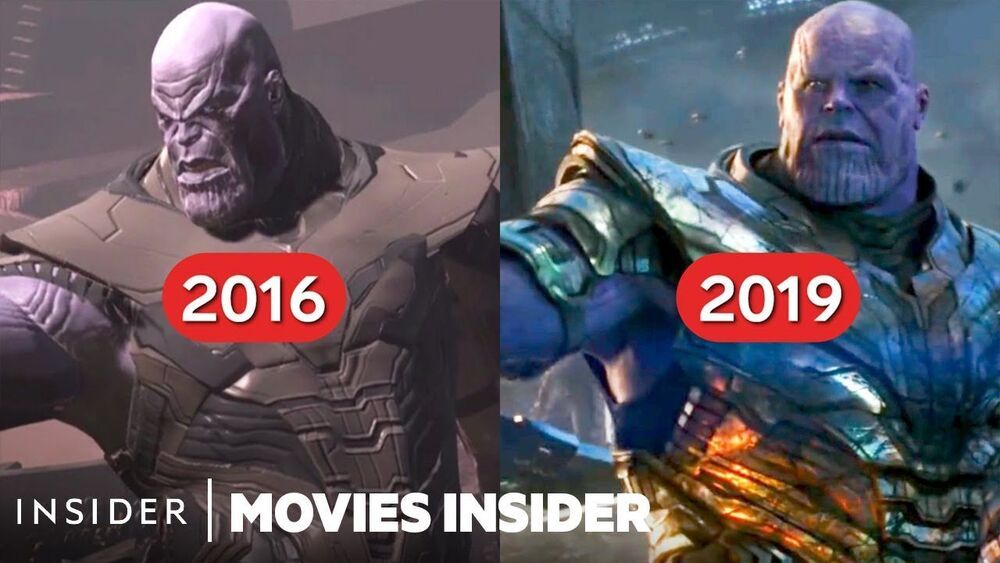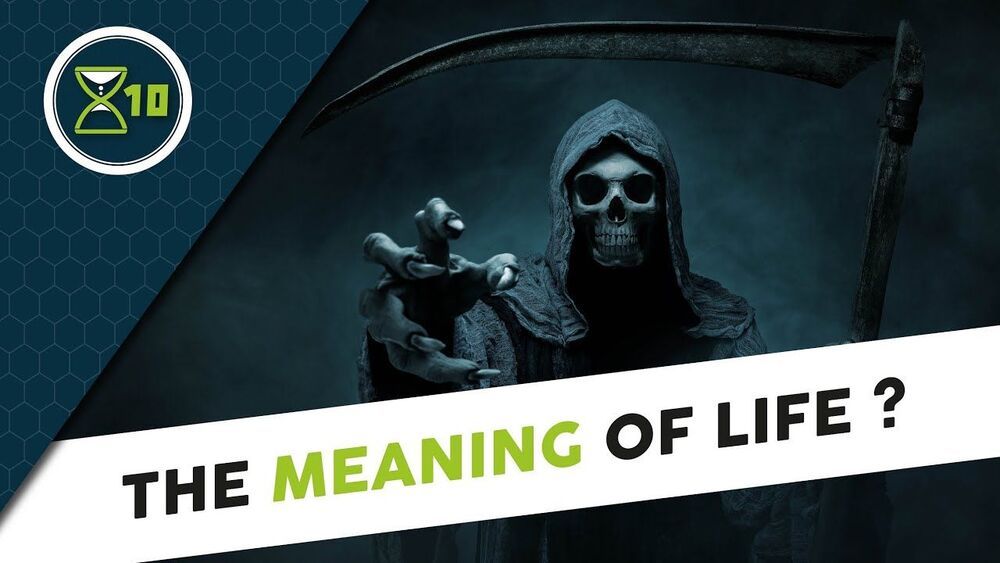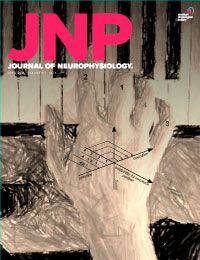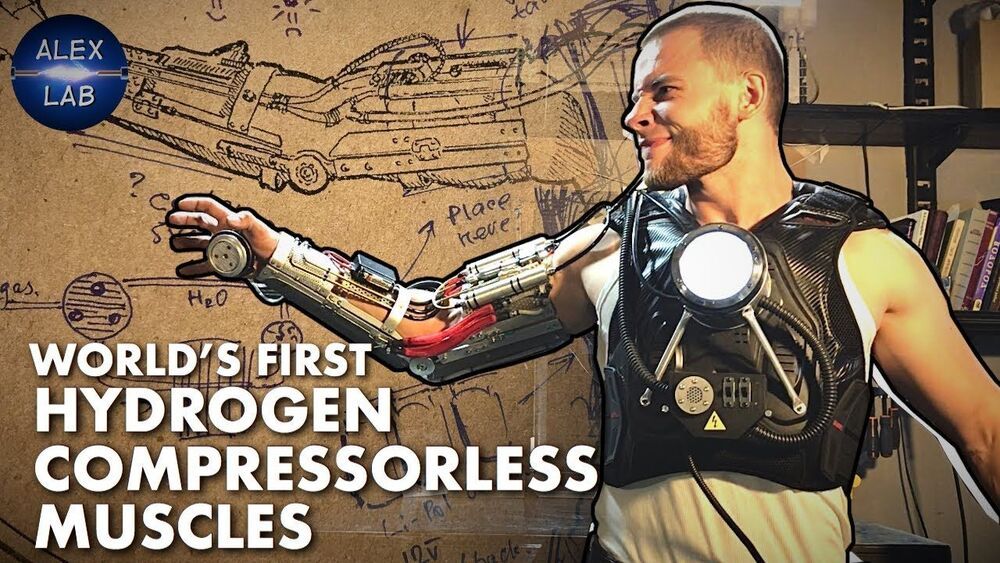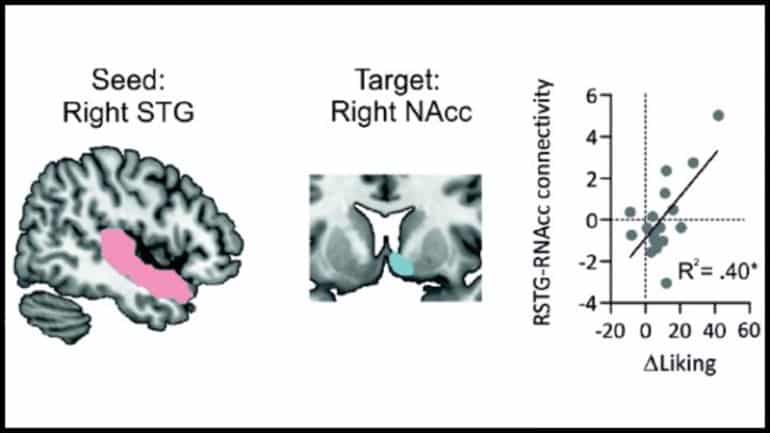Physics has long looked to harmony to explain the beauty of the Universe. But what if dissonance yields better insights?
Quantum physics is weird and counterintuitive. For this reason, the word ‘quantum’ has become shorthand for anything powerful or mystical, whether or not it has anything whatsoever to do with quantum mechanics. As a quantum physicist, I’ve developed a reflexive eyeroll upon hearing the word applied to anything outside of physics. It’s used to describe homeopathy, dishwasher detergents and deodorant.
If I hadn’t first heard of Quantum Music from a well-respected physicist, I would have scoffed the same way I did at the other ridiculous uses of the word. But coming from Klaus Mølmer it was intriguing. In the Quantum Music project, physicists and musicians worked together to unite ‘the mysterious worlds of quantum physics and music for the first time’. They developed a device that attaches to each key of a piano so that, when the pianist plays, the information is piped to a computer and synthesiser, which plays ‘quantum’ tones in addition to the familiar reverberations in the piano.
Among the tones used are those that represent a very quantum object: a Bose-Einstein condensate (BEC). This is a cloud of atoms that have been cooled down to just above absolute zero. At this low temperature, the microscopic quantum properties of the individual particles can all be treated collectively as a single, macroscopic quantum entity. Studying BECs is a way of examining the consequences of quantum mechanics on a larger scale than is typically possible.
